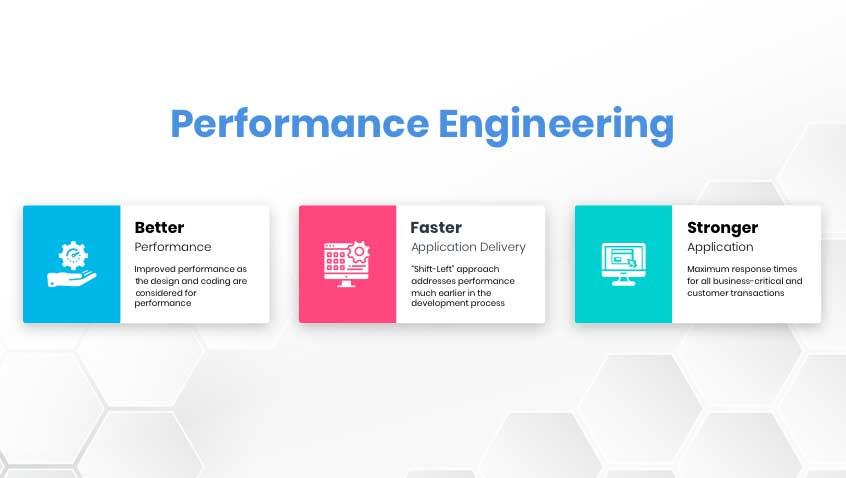Performance Testing
Performance testing is crucial for ensuring the success and quality of a software application. In today's market, competition is fierce and users have high expectations for the performance of the software they use. Applications that don't perform well or experience performance bottlenecks will likely receive negative reviews and may struggle to gain market traction.
The types of performance testing that are performed on a software application are designed to evaluate different aspects of its performance. Volume testing, for example, is used to evaluate the performance of an application in different database volumes. By populating the database with varying amounts of data, the behavior of the application can be monitored and any potential bottlenecks or performance issues can be identified.
Stress testing, on the other hand, is designed to identify the main point of failure of a software application. By testing the application under extreme workloads, developers can determine how well it performs under high traffic or data processing. Spike testing is similar in that it evaluates how the application reacts when a sudden, large spike in load occurs (such as when a large number of users suddenly start using the application).
Scalability testing is performed to determine whether an application can scale up effectively when a large number of users are using it. This type of testing also helps developers plan for future capacity additions to the application, so it can accommodate increasing numbers of users over time. Load testing, meanwhile, evaluates whether an application can handle the expected user loads and whether any performance bottlenecks could impact its performance.
Endurance testing is another important type of performance testing. During this test, the software is made to withstand the expected load for a prolonged period. This helps identify potential performance issues that could arise over time as the software is used repeatedly.
In addition to these tests, other types of performance testing may be performed, such as reliability testing, usability testing, functionality testing, compatibility testing, and security testing. Each of these tests is designed to evaluate different aspects of an application's performance and help ensure its success and quality.
By performing different types of performance tests, developers can identify potential performance issues and make necessary improvements before the application is released to the market. This helps ensure that the application will perform well, meet user expectations, and avoid damaging its reputation.
Ever wished your software tests could see what you see?
In today's dynamic web development landscape, user expectations for rap
It's a common misconception that performance testing with Docker is a l
The pace of change has never been this fast for Performance Engineering
Enterprises worldwide are striving to have applications that are both r
Most development teams today use some flavor of DevOps to accelerate th
Quality Engineering is now being realized as a key driver in Business v
From the beginning, Qentelli has been laser-focused in achieving busine
Ready to Ship words on a cardboard box to illustrate a product or goods










